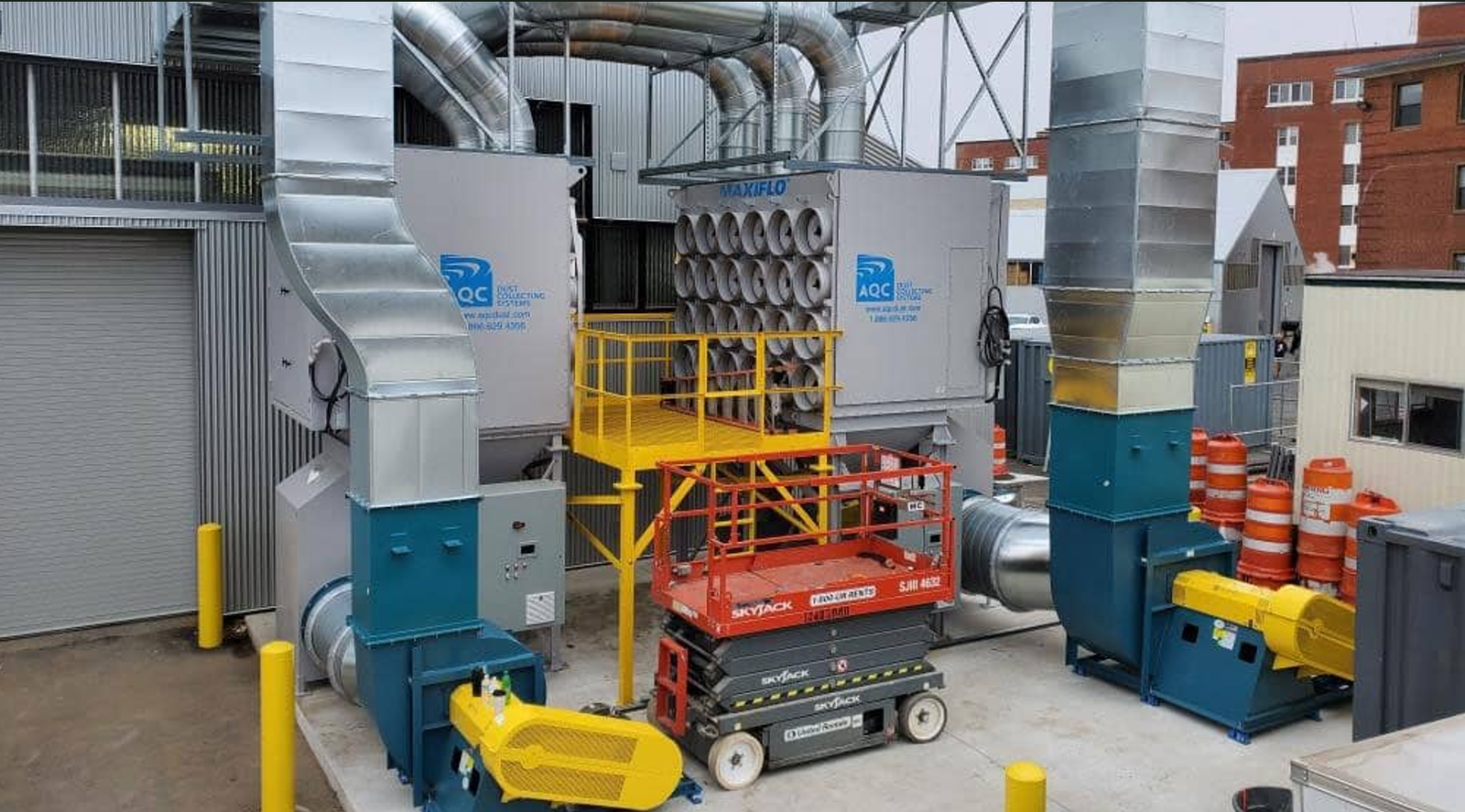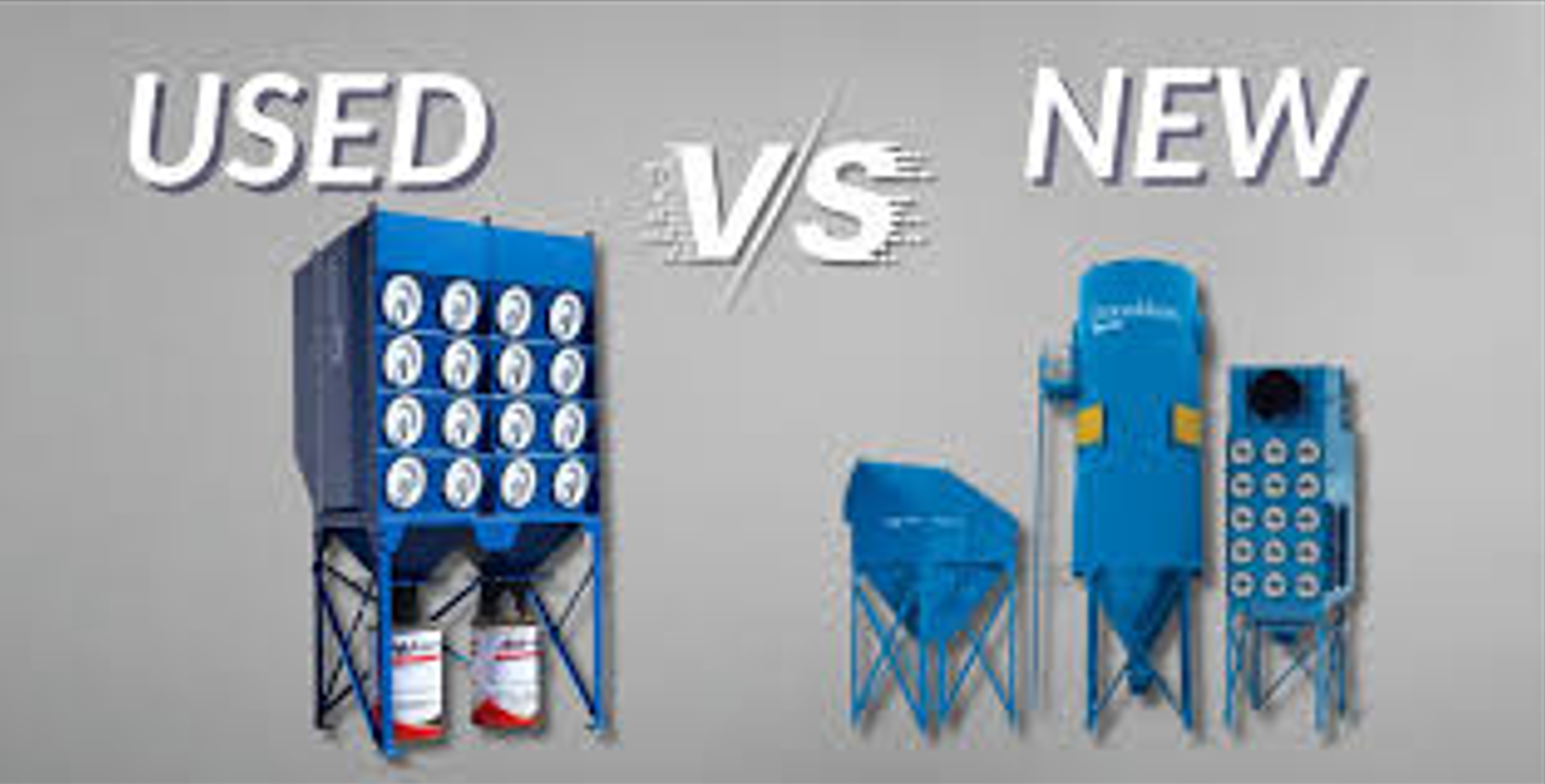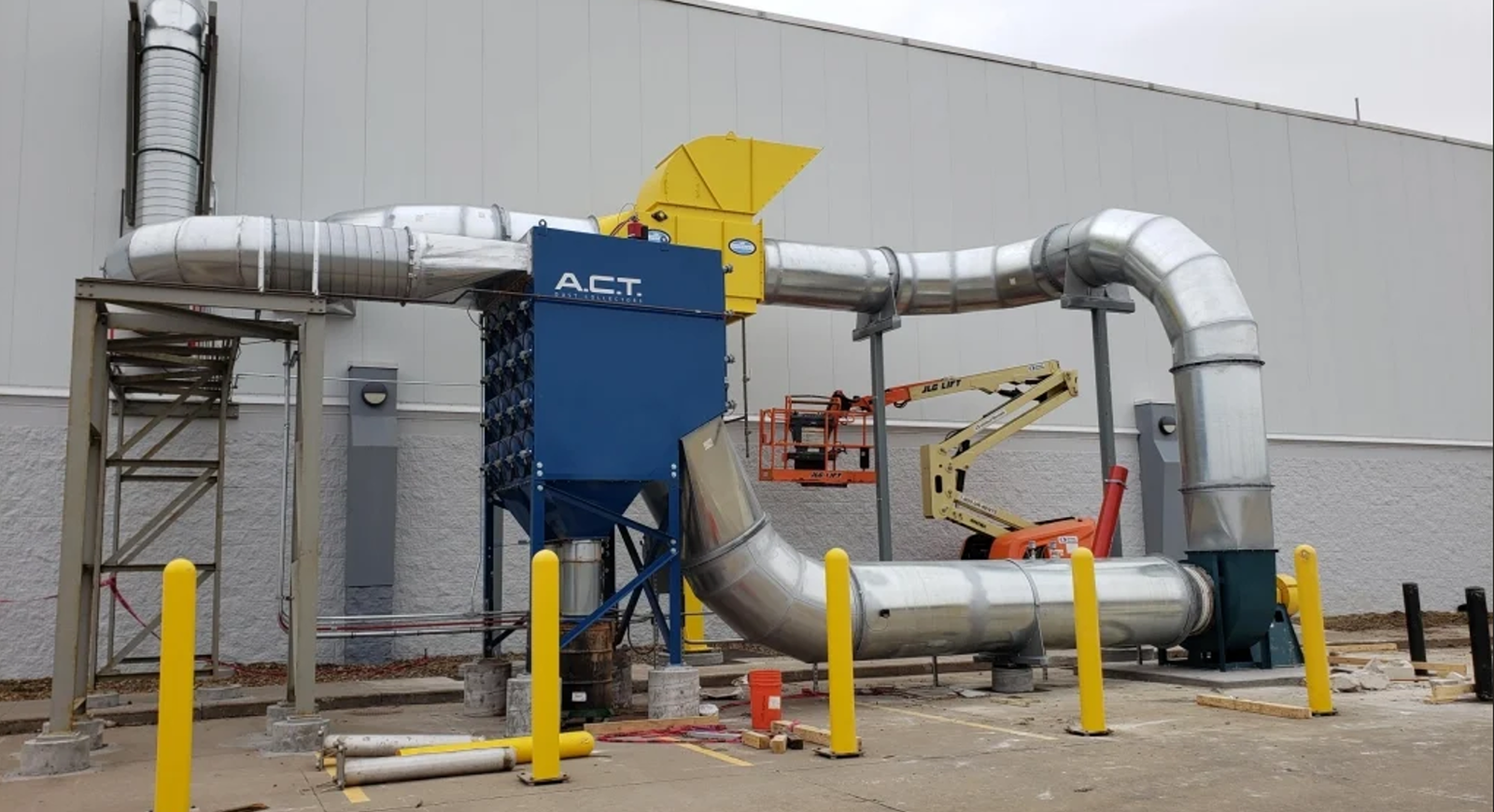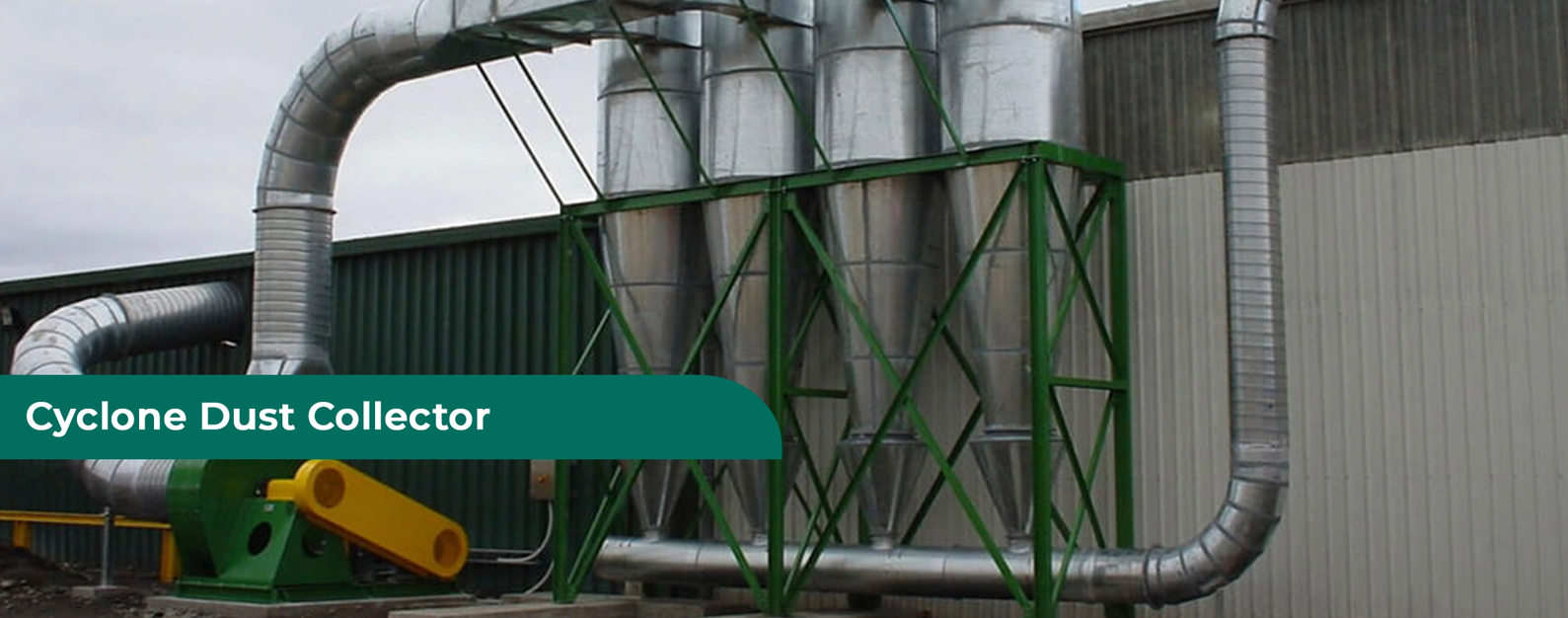Construction sites are bustling environments where efficiency, safety, and cleanliness matter. One of the biggest challenges on such sites is controlling dust. Not only does dust affect air quality, but it can also impact worker health, machinery performance, and even project timelines. Choosing the right dust collection system is a critical decision—and often comes down to two main options: portable dust collectors and centralized dust collectors.
Below, we explore both systems, their benefits, limitations, and where each works best so you can make an informed decision.
Understanding Dust Collection Systems
Dust collection systems capture and filter airborne particles generated during construction activities like cutting, grinding, or drilling. Their primary aim is to:
- Improve air quality for workers.
- Protect equipment from dust-related wear and tear.
- Reduce compliance risks with environmental and safety regulations.
The two most common choices for construction sites are portable and centralized systems, each serving unique needs.
Portable Dust Collectors
Portable dust collectors are compact, mobile units designed for flexibility. These systems can be moved around a site, making them ideal for temporary or small-scale projects.
Advantages
- Mobility: Easily relocated to where the work is happening.
- Quick Setup: Minimal installation requirements.
- Cost-Effective for Small Jobs: No need for a significant upfront investment.
Best For
- Small to medium-sized construction projects.
- Sites where work zones change frequently.
- Short-term or seasonal work.
CentralisedCentralized Dust Collectors
A centralized dust collector is a permanent or semi-permanent installation designed to serve multiple workstations through a network of ducts and hoods. These systems are robust, efficient, and suitable for large-scale or continuous operations.
Advantages
- High Efficiency: Handles large volumes of dust with ease.
- Improved Air Quality Site-Wide: Covers multiple zones at once.
- Durability: Built for long-term heavy-duty operation.
Best For
- Large construction projects or manufacturing sites.
- Projects with fixed work areas.
- Businesses are looking for a long-term dust control solution.
Other Types of Dust Collectors for Specialised Needs
Sometimes, specific construction tasks require specialized dust collection technologies.
- Cartridge Dust Collector: Compact and highly efficient for fine dust filtration. Ideal where space is limited.
- Manual Dust Collector: Simple operation for low-volume dust generation tasks.
- Cyclone Dust Collector: Excellent for separating heavier particles before filtration, reducing filter load.
Key Factors to Consider When Choosing
When deciding between portable and centralisedcentralized dust collectors, consider:
- Project Size & Duration: Short-term projects often benefit from portable systems, while long-term operations justify centralized setups.
- Work Zone Stability: If your work areas frequently shift, portable units are more practical.
- Dust Volume: High dust output typically requires centralized or cyclone systems.
- Budget: Consider both upfront and long-term maintenance costs.
- Compliance Requirements: Ensure your choice meets occupational health and environmental standards.
Maintenance Considerations
- Portable Units: Require frequent relocation checks, filter changes, and cleaning.
- Centralized Systems: Need periodic duct inspections, airflow tests, and filter replacements.
- Specialized units like cartridge or cyclone models may require specific maintenance schedules based on dust type.
Both portable and centralized dust collectors have their place on construction sites. If flexibility and mobility are key, portable systems are your go-to. However, for large, fixed projects needing maximum efficiency, a centralized system offers unmatched performance.



